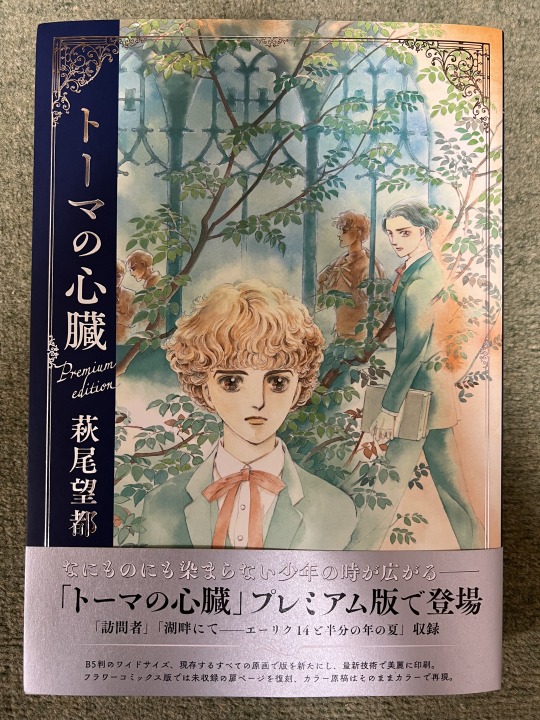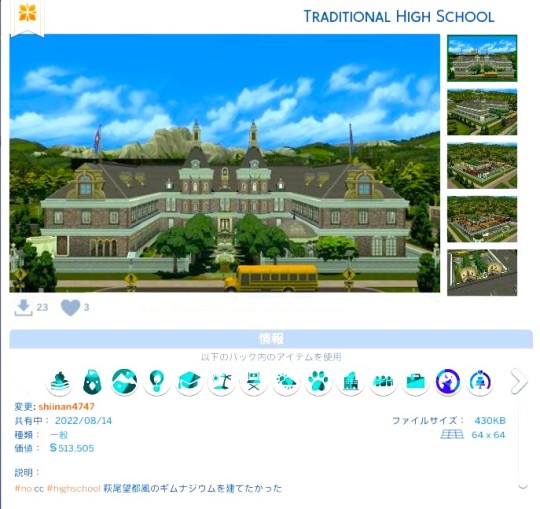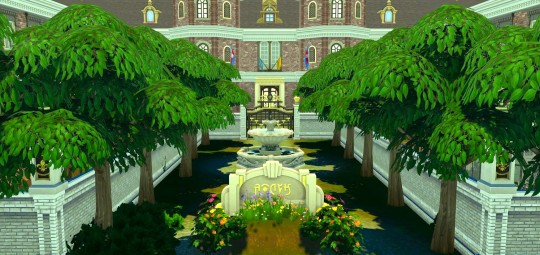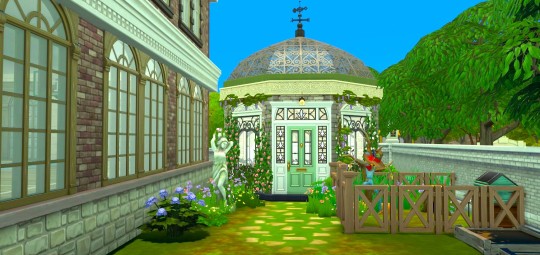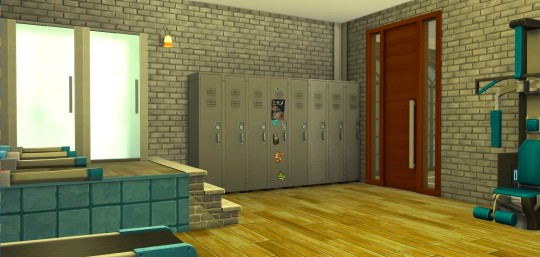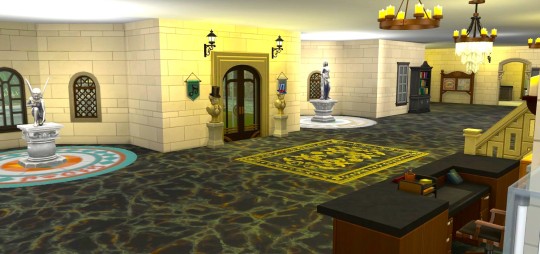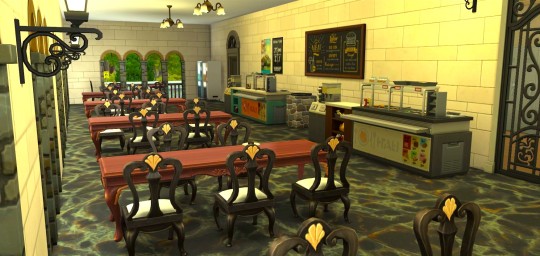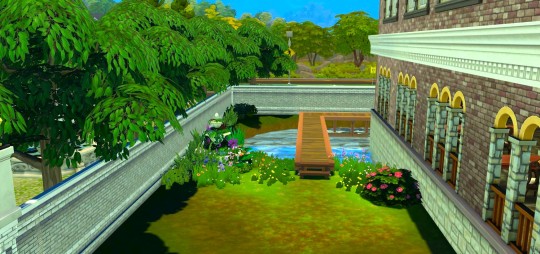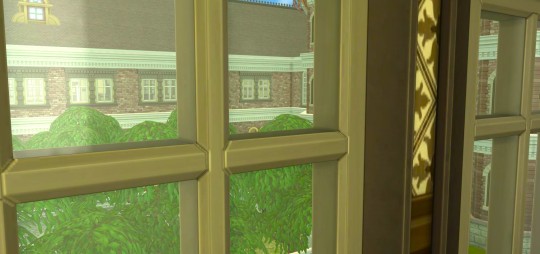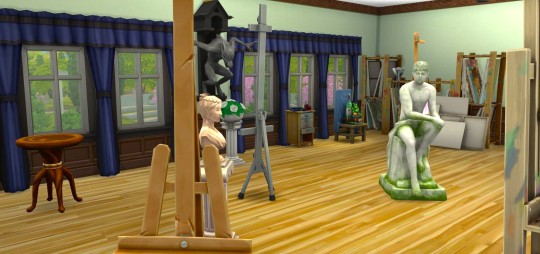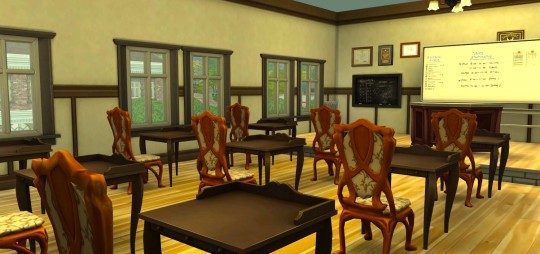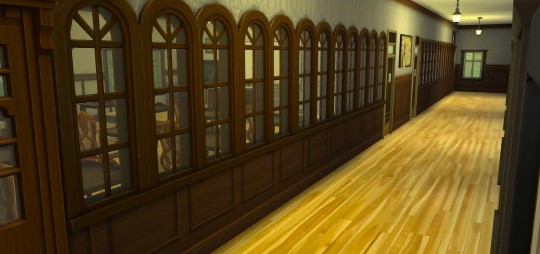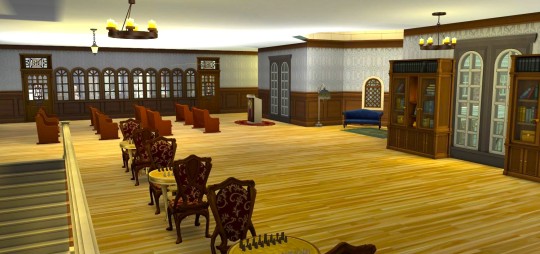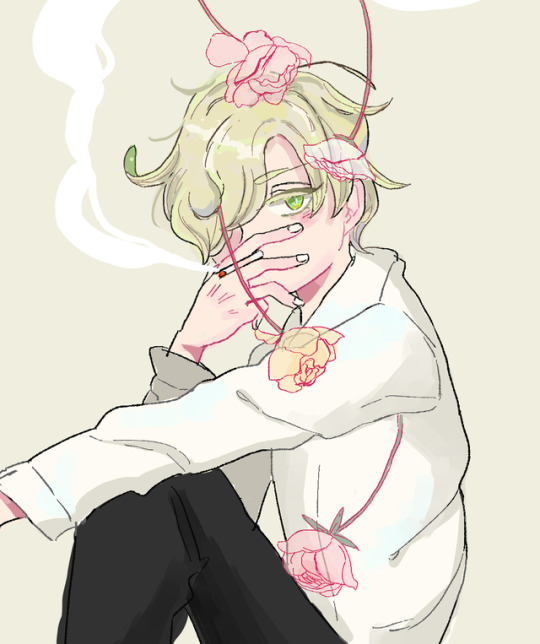#トーマの心臓
Text

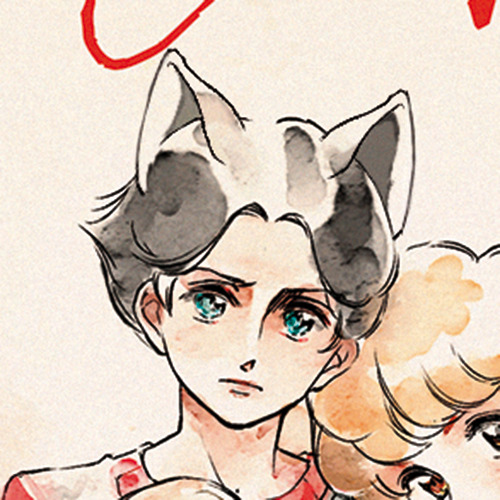
Pieces of gifts for ru fans
(they don't have cat ears in the original)
90 notes
·
View notes
Text
That strange and beautiful relationship between the fandoms of Kaze To Ki No Uta 🤝🏻 The Heart of Thomas 🤝🏻 The Poe Clan 🤝🏻 Black Butler
I guess because they are united by abused homeless children with religious trauma.
#year 24 group#alan twilight#edgar portsnell#shojo manga#the heart of thomas#kaze to ki no uta#la balada del viento y los árboles#thomas no shinzō#the poe clan#poe no ichizoku#moto hagio#the poem of the wind and the trees#keiko takemiya#yana toboso#serge battour#gilbert cocteau#black butler#kuroshitsuji#ciel phantomhive#sebastian michaelis#alois trancy#julusmole bauernfeind#julusmole bayhan#トーマの心臓#黒執事#風と木の詩#ポーの一族#Oskar Reiser#yaoi#erich fruhling
66 notes
·
View notes
Text
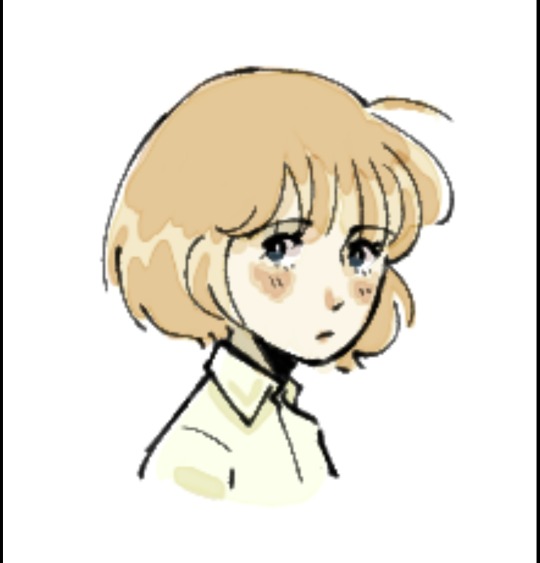
little thomas werner the bpd final boss
22 notes
·
View notes
Text

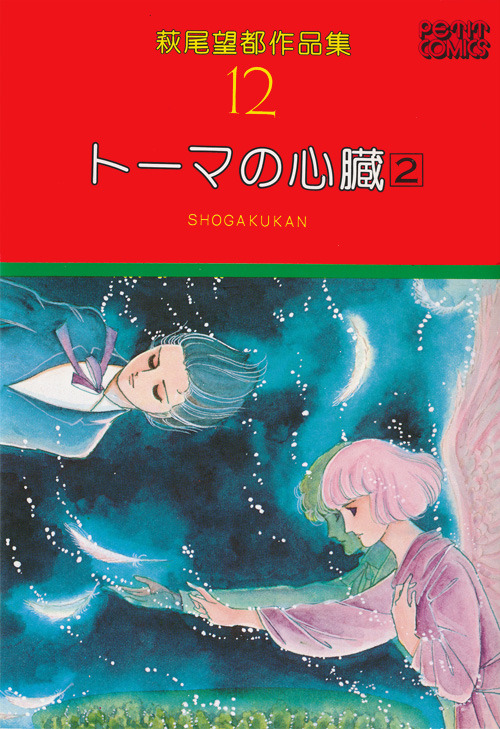
Hagio Moto Works
11-12. Thomas no Shinzou (The Heart of Thomas)
33 notes
·
View notes
Text
1949-Moto Hagio

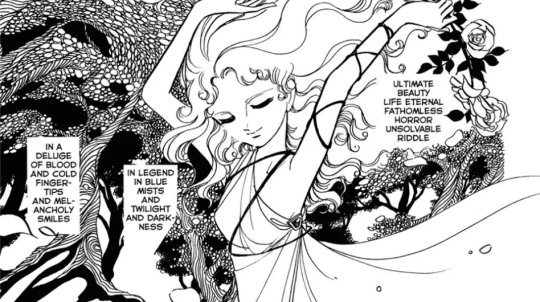







#May.12.1949#birthday#Moto Hagio#萩尾望都#The Poe Clan#The Heart of Thomas#They Were Eleven#Ten Billion Days and One Hundred Billion Nights#Marginal#ポーの一族#トーマの心臓#百億の昼と千億の夜#マージナル#11人いる!#history today
5 notes
·
View notes
Text

萩尾望都「トーマの心臓」より。
これがぼくの愛。これがぼくの心臓の音。
6 notes
·
View notes
Text
I've been going through my collection of old (pre-2016 for the most part) academic papers on BL and thought, hey, why not re-read some of them and sum them up so folks can see whether they want to check them out in full?
Today's offering:
Beautiful, Borrowed, and Bent: “Boys’ Love” as Girls’ Love in Shōjo Manga by James Welker, originally presented at the Third International Convention of Asia Scholars, August 19–22, 2003, Singapore, and published in Signs, Vol. 31, No. 3, New Feminist Theories of Visual Culture (Spring 2006), pp. 841-870, UChicago Press. [Jstor]
Welker starts off with a brief explanation of what the BL genre is, what terminology he uses ("BL" as an umbrella term that includes the earlier names of tanbi, shōnen ai, yaoi, and the long-form 'boys' love'):
“Boys’ love” manga emerged as a subgenre of shōjo manga (girls’ comics) around 1970 just as women artists were taking over the shōjo market.(*) It quickly became among the most popular shōjo manga genres, and its creators became some of the best-loved artists in the industry.
(* First published in the monthly Bessatsu shōjo komikku in December 1970, Keiko Takemiya’s “In the Sunroom” (Sanrūmu nite [1970] 1976) was probably the first boys’ love narrative. See Aoyama 1988, 188.)
- Welker 2006:841
He goes on to challenge the common perception of BL as a genre "by straight women for straight women":
[T]he genre is widely considered to offer a liberatory sphere within which presumably heteronormative readers can experiment with romance and sexuality through identification with the beautiful boy characters. […] Members of the Japanese lesbian community have, however, pointed to boys’ love and other gender-bending manga as strong influences on them in their formative years […]
Clearly boys’ love manga can be viewed through a different lens from that which most critics and scholars have been using, and hence the full potential of boys’ love is largely overlooked: that of liberating readers not just from patriarchy but from gender dualism and heteronormativity.
- Welker 2006:842-843
He introduces the texts he will analyse (Takemiya Keiko's Song of Wind and Trees 風と木の詩 kaze to ki no uta, 1976-1984 and Hagio Motō's Heart of Thomas トーマの心臓 tōma no shinzō, 1974), and concludes the essay's intro section as follows:
This reading will employ lesbian critical theory, visual theory, and reader responses to these and similar texts to show how 1970s boys’ love manga is not merely queer on its surface but how it opened up space for some readers to experiment with marginalized gender and sexual practices and played a role in identity formation.
- Welker 2006:843
Welker goes into the questions of applicability of theories that weren't originally developed for this specific context – visual theories were largely developed through film analysis; European and North American models of gender and feminist theory, while also having informed academic discourse in Japan, in their origin operate on culturally specific assumptions and need to be applied with care.
He talks about the tradition of androgynous and cross-dressing heroines of early shōjo manga and their connection to the earliest BL manga, the dilemma of the "beautiful boy" characters' gender and sex and how to read these – are they boys? idealised self-images of girls drawn onto boys' bodies? neither male nor female? sexless altogether?, and the way Japanese readers in the 1970s, already culturally familiar with gender performance through kabuki or the all-female Takarazuka Revue and similar troupes, received the gender-bending nature of BL stories. He also comments on the role fan interaction via magazines, and the way readers were learning about queer life in Japan:
By the early to mid-1980s, the magazines’ readers were learning in real terms about the world of Shinjuku ni-chōme, Tokyo’s well-known gay district, described as a world full of “beautiful boys like those in the world of shōjo manga” (Aran 1983, 15), as well as various aspects of lesbian life in Japan (Gekkō 1985). In spite of the connections drawn on the pages of these magazines, the possibility that these narratives might be seen to actually depict homosexuality remains broadly denied. To allow that the narratives might truly be about homosexuality—between these girls-cum-beautiful boys—would be an apparently unthinkable invitation to read the narratives as lesbian.
- Welker 2006:857
Welker briefly explores how the example texts of Song of Wind and Trees and Heart of Thomas "serve many of the functions lesbian critics and theorists have outlined as roles of lesbian texts" (Welker 2006:858), then goes on to analyse the flower imagery of roses and lilies that is very prevalent in both titles, the intertextuality of these stories with European and French literature (and how the readers were expected to catch on to this intertextuality). On the transgressive and queering nature of writing and reading BL, he says:
[T]hrough acculturation to gender performance in Takarazuka and kabuki and by such cross-dressing manga icons as Sapphire and Oscar, as well as the deliberate ambiguity of the beautiful boy, the reader is encouraged to see not just a girl but herself within the world of boys’ love and, ultimately, is encouraged to explore homoerotic desire, either as a beautiful boy or as herself, either alone or with others, either as her fantasy or as her reality. […] Regardless of whether boys’ love manga were created merely to offer heterosexual readers a temporary respite from patriarchal restrictions on their desire, some readers found in identifying with the beautiful boy a way through the looking glass to a world outside the patriarchy. And regardless of whether he is read as a boy or a girl, the beautiful boy can be read as a lesbian. […] For readers whose experience of sexuality and gender contravenes heteronormativity, works like Song and Thomas offer narrative safe havens where they can experiment with identity, find affirmation, and develop the strength necessary to find others like themselves and a sense of belonging.
- Welker 2006:865-866
I've been out of academia so long that I've lost any sense of what a good proportion of direct quotes to original text is, or whether it's even appropriate to quote as much as I did here. This is emphatically NOT an academic article in and of itself -- I'm posting on bloody tumblr. If anyone wants to add to this, I'll be thrilled.
One of the most commonly voiced criticisms of BL is that it's about, but not (or did not in significant part used to be) by or for gay men. This article does not address this point further—Welker does go into this in his more recent articles, iirc; if you've got beef with this aspect, @ him not me. I do however think it's worth noting that this 17-year-old article already recognises that the genre is queer, and has been since its inception.
#bl academia#bl theory#james welker#bl history#yeeting this into the void now#reading academic papers for fun not profit#my nonsense#watch me find errors or typos the minute I've hit post
108 notes
·
View notes
Photo


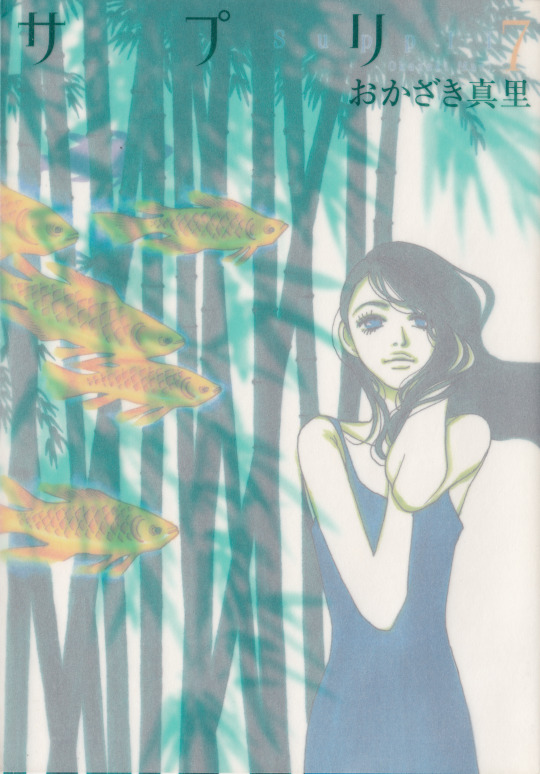



ときめきまんが道 (Tokimeki Manga Michi), Koi Ikeno
こわいはなし (Kowai Hanashi), Anthology cover by Yumi Tamura
サプリ (Suppli), Mari Okazaki
ショート・プログラム (Short Program), Mitsuru Adachi
睡沌氣候 (Suiton Kikou), Shinya Komatsu
トーマの心臓 (The Heart of Thomas), Moto Hagio
#Color Schemes#my scans#photosets#colors#koi ikeno#The Heart of Thomas#suppli#Suiton Kikou#Mitsuru Adachi#yumi tamura
71 notes
·
View notes
Photo
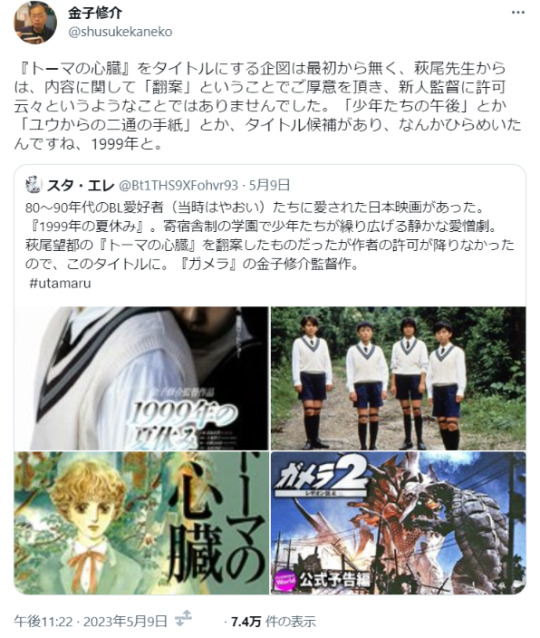
金子修介さんはTwitterを使っています: 「『トーマの心臓』をタイトルにする企図は最初から無く、萩尾先生からは、内容に関して「翻案」ということでご厚意を頂き、新人監督に許可云々というようなことではありませんでした。「少年たちの午後」とか「ユウからの二通の手紙」とか、タイトル候補があり、���んかひらめいたんですね、1999年と。」 / Twitter
8 notes
·
View notes
Text
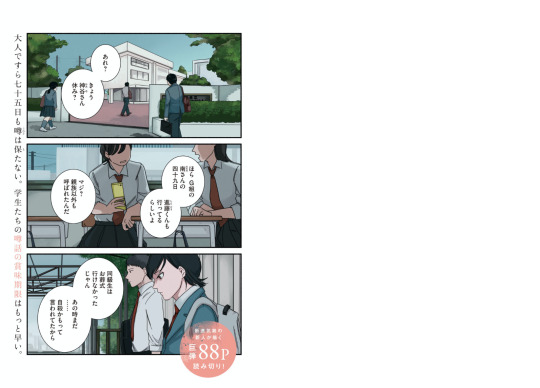

真実は私だけが知っている - 真木ヨシフミ / 【コミックDAYS読み切り】
真実は私だけが知っている
真木ヨシフミ
恋人には届かないけど、友達だともどかしい。そんな大切な存在の南が亡くなってしまった。南の死の真相を探るべく、南の彼氏・進藤と思い出をめぐる神谷。思い出を辿った先にある真実とは――。四季賞出身、新進気鋭の新人が描く巨弾読み切り!
- - - - - - - - - - - - - - - -
階段で焼きそばを持って運んでる場面、南さんの考えが独白の文字になってるのが意外。ラストがそうなのはわかるけど。なぜこのエピソードで。
「ツインピークス」も萩尾望都「トーマの心臓」もそうだけど、「亡くなった親しい人の死の真相を、残された人が探る」ストーリーは、ふつうは亡くなった人のモノローグを地の文で書かないことがほとんどの気がする。モノローグは人物が考えてることを(神の視点の作者が)文章で書いたものだけど、そこが謎のままだからこそ、ある種のミステリー仕立ての構造が成り立つのに。
(しかもこの焼きそばのエピソードは死の真相とはあまり関係がない)
0 notes
Text
いやな可能性感じちゃったな
エン10の話
アプリ版の審査11回落ちたのって、もしかしたらヒガシくんへの性的虐待の要素があったからでは…?
児童への性的虐待はこの手のゲームだったら匂わせでも入ってたら通らないはず
(児童虐待を小児性愛としてエンタメ消費していると判断されるので)
エンド10でヒガシくんがなんか妙にその事を理解してるのが…なんか…しっくりこなくて
なのでもしかして母親が庇ってた???という考えになってた
キスひとつで男同士云々の話になるのに いや、理解早くない?って思って
なんていうか反応が、経験したことあるかのような反応だったから…
一応セリフでは未ですと言われてはいたけども
アンロックで実は…みたいにならなかったのはアプリを通報されたら困るからかも?
ちょっと穿ち過ぎかな
暴力表現…うーん
虫の湧いたシチューと???の入ったコップ
それの隠喩なのかなと…思った 小さい虫のたくさん入ったなまぬるい……
母親、ヒガシくんの為に料理しなかったんだよね?
ロールキャベツとかサンドイッチとかヒガシ母の料理とシチューへの温度差が気になってて
あとあのヒガシくんが淫乱気味なのも…
自分の傷を大した事ないと思うために奔放になる…というのはよくある事なので
この辺ファンの間では定説だったりするんですかね
コンプしたら他の人の感想と考察読みたいな
あとなんかずっと「トーマの心臓では……………………」てなってるんだけど
そうするとユリスモール ヒガシくんが性的虐待受けてるのはそうだろうな と思うんですよね
翼、あげる 僕はいらない…
とりあえずファッキンクソ彼氏には血の鷲(ミッドサマーバージョン)になって頂きたいなと想いました。
でもなんか考えれば考えるほどファッキンクソ彼氏とニシくんの行動に共通点ありすぎて嫌だな…
ガスエンド 自分の”もの”と言ってたし 支配欲かなり強いよね
多分ニシくんはその支配欲を乗り越えるのが課題なんじゃないかなって思うんだけども
というかニシくん自身も支配欲強いの自覚して抑え込んでる感じはする
ニシくん、いつも軽い感じでLOVE飛ばすけどまっすぐ目を見て告白したりしないから
なんでしないんだろう って思ってたけどヒガシくんが断れないからか
断ったら自分を抑えきれないからか 同居を断られたあと凶行に及んでるし
ニシくんやっぱりちょっと隠されてる情報が多すぎるんだよな
ウーッでも支配欲が強いニシくん……好き!!!!!!!!!!!!!!!!!!!!!!!!!!!!!!!!!!
私はクソ実験者です
2人とも私から逃げてほしい
0 notes
Text

さて、本日は本来は定休日の月曜日ですが、敬老の日で祝日なので、営業いたします。なお、かわりに明日19日(火)は振り替えで休みになりますので、よろしくお願いします。
本日の日替わりカレーはほうれん草チキンカレー。
定番のリトルスプーンカレーはコロッケ、メンチカツ、唐揚の中からトッピングできます。
ほかにもホットサンド(コロッケ、メンチ)。
14時からはフレンチトーストもご注文いただけます。
★ドリンクはコーヒー(定番のコスタリカ、今が旬のタンザニア)
水出しアイスコーヒー、
カフェオレ、アイスカフェオレ、
ココア、アイスココア、
紅茶、アイスティー、
クリームソーダ、コーラフロート、
ゆず茶、ガラナなどなど
ご用意して、ご来店をお待ちしております。
写真は今週のオススメ棚。今回も◯◯の秋、芸術の秋ということで、映画関係のものにしようかなということで、当カフェにあった作品巻数が少なくて実写映画化された漫画を集めてみました。
・『未来の想い出』 藤子・F・不二雄
・『ジオラマボーイ・パノラマガール』 岡崎京子
・『ソラニン』 浅野いにお
・『志乃ちゃんは自分の名前が言えない』 押見修造
・『カラオケ行こ!』 和山やま
・『トーマの心臓』 萩尾望都
・『自虐の詩』 業田良家
『カラオケ行こ!』の映画公開は、来年2024年1月だからややフライング気味ですが。あと、『トーマの心臓』は原作というよりは翻案で映画公開にあたっては『1999年の夏休み』とタイトルも変わっていますが、まぁ、ゆるいくくりということで。
以上7作品を並べておきますので、よかったらこの機会に手にとってご覧ください。
【ヨミヤスミ空席情報 Twitter】
https://twitter.com/yomiyasumi
.
【8時だョ!レトロボードゲーム】
9月は『けいどろゲーム』をプレイします。
詳細は以下のサイトをご覧ください。
.
https://yomiyasumi.tumblr.com/event
9月22日(金)の回、現在参加者0名。あと6名参加できます。
9月30日(土)の回、現在参加者2名。あと4名参加できます。開催決定!
【次の店休日】
次のお休みは9月19日(火)になります。当カフェは毎週月曜日と奇数週の火曜日が定休日となります。ただし月曜日、 奇数週の火曜日が祝日の場合は、翌日にスライドしますのでよろしくお願いします。
0 notes
Text
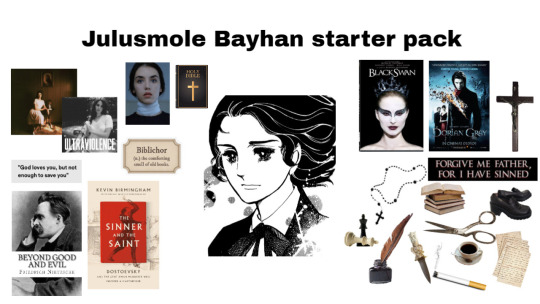


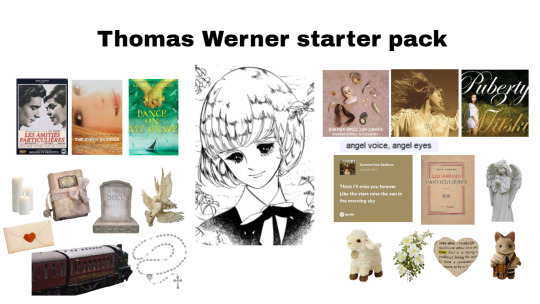
#the heart of thomas#thomas no shinzou#thomas no shinzō#トーマの心臓#heart of thomas#julusmole bauernfeind#julusmole bayhan#oskar reiser#moto hagio#oscar reiser#thomas werner#erich fruhling#erich frühling#yaoi bl#bl manga#yaoi manga#yaoi#shojo manga#shonen ai#year 24 group#トーマ・ヴェルナー#ユリスモール・バイハン#オスカー・ライザー#エーリク・フリューリンク#old manga#vintage manga#starter pack
26 notes
·
View notes
